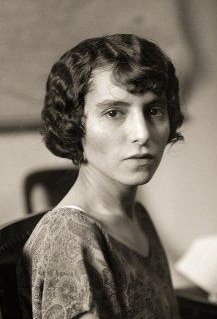
In 1920s hairstyles, it was a big deal for women to cut their hair. Hair was an epitome that accentuated one’s femininity: long hair was considered feminine and short hair was not.
Dancer Irene Castle was one of the first to decide to bob in 1915. Many famous personas followed her action, and hence, many considered getting rid of their long hair. This act was also considered a societal shift during the roaring twenties. Many women decided it was time to take a stance on this issue. The prevailing issue was, long hair was considered feminine and short hair was not. A few major personas also considered cutting their long hair. However, they were afraid of the backlash which would arise as a result. Here, I’m covering some of the popular 1920s women’s hairstyles.
Long Hair That Looks Short
In the late teens and early 20s, curly hair was usually worn by film stars and bathing beauties on the beach. The ringlet curls were important during that era. It was the definition of long hair that looks short. Long hair was quick to leave the fashion trend and the popular fashion scene. But the curls remained.
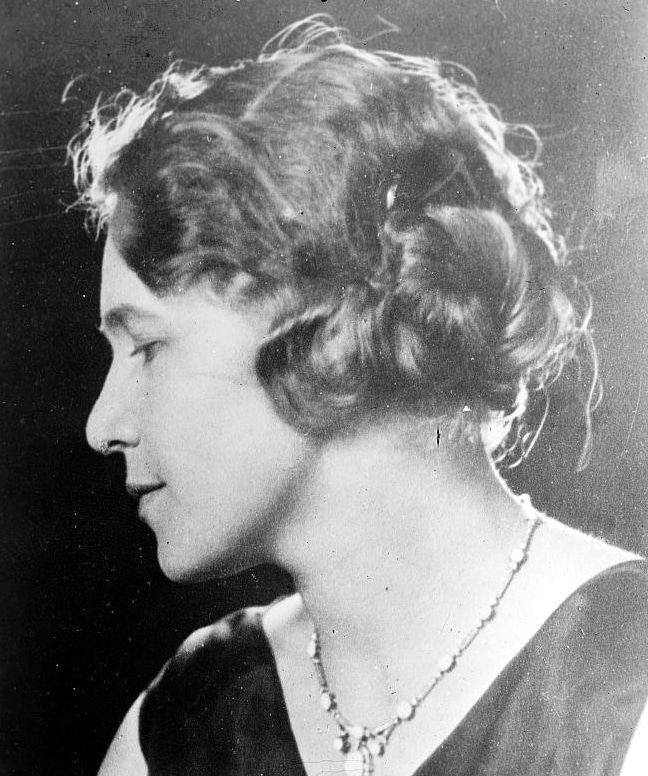
1920s Curly Hairstyles
Initially, 1920s women didn’t cut their hair, rather they tied them back with sides full of curls or neat waves. The bun had been a working-class hairstyle for centuries now. However, women tended to incorporate curls into their hairstyles that were laid-back, or tied-up and hidden from view. It was also popular to incorporate cloche hats into their regular 1920s fashion.
Other popular hairstyles include the straight bob which was perfect for women who struggled to curl their hair. It was either the bangs that covered their entire forehead or even their eyebrows, and the sides of the bangs were curled into points resting on the cheekbones. In the evenings, hair was usually arranged similarly to wedding styles or looks of Greek Goddesses. If women did not have enough hair to fit the evening looks, they were given hair extensions to accentuate and increase the length of their hair in order to perform these looks.
Want to try a curly hairstyle? Try these best setting lotions for vintage hairstyles
1920s Bob Hairstyles or not?
It became an existential decision in order to turn one’s hair into bobbed hair. Most women were chopping off their hair and rocking the bobbed look, while others were harsh on their decisions and decided not to cut their hair.
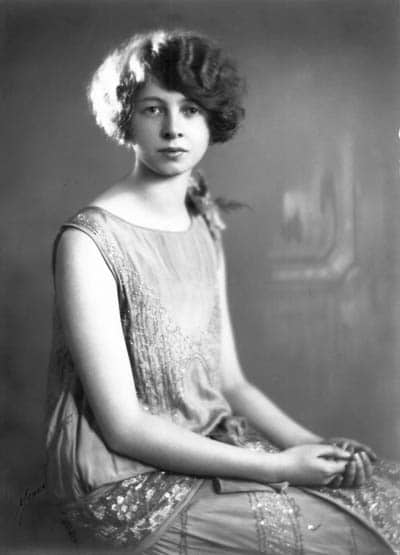 1920s Bob hair
1920s Bob hair
While some women choose not to fit into the fashion trend with bobbed hair, they incorporated hairstyles that were similar to the ones with bobbed hairstyles. In order to achieve the desired look, most women tied their hair back and left pieces of their hair at the side. Most of these short pieces of hair at the side were curled. Curling irons emerged with wooden handles during the roaring twenties. This was an interesting revelation as opposed to the popular curling iron of contemporary today.
When women started to bob their hair, they couldn’t even attend salons. Salons did not even exist during that time yet! Bobbing was usually done at home by family members or friends or trusted hands.
By the end of the twenties, the women’s only salon industry exploded and many people started attending salon visits to get their professional haircuts! Although most women still conducted their own salon parlors at home, many wealthy and privileged women were able to get their haircuts in professional salons.
Once a woman cut her hair, she was open to constructive criticism from the community. As societal views on women’s haircuts were very distinct in the roaring twenties, there were many reactions taken into account when a woman decides to change her hairstyle. Many were ‘afraid’ she would feed into the bobbed- looked, hence, women had to convince their families and other people in their community regarding their decisions. Many family members disapproved of the bobbed-style look.
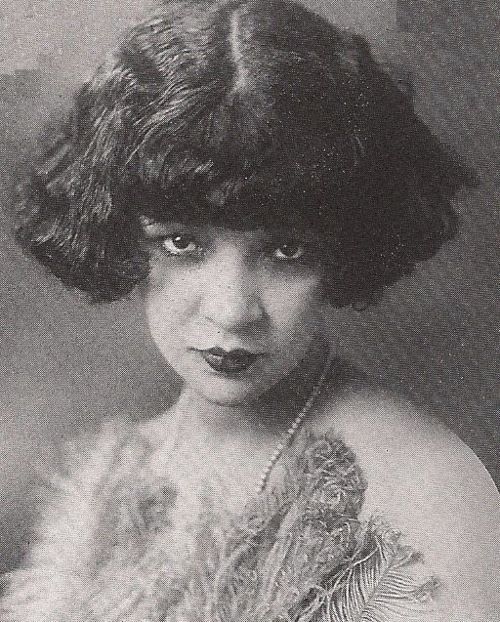
1920s Wrap up hairstyles
We discussed the bob hairstyles of the roaring twenties. The fact that women had to go through a series of transformations from detesting the bobbed hair look to it being more socially acceptable. We have discussed that once a woman cut her hair, she was open to constructive criticism from the community. As societal views on women’s haircuts were very distinct in the roaring twenties, there were many reactions taken into account when a woman decides to change her hairstyle.
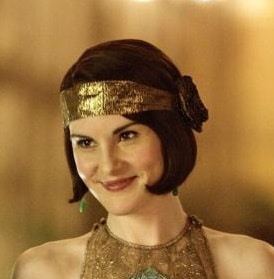 1920 inspired hairstyles
1920 inspired hairstyles
Ultimately, in the 1920s, it was a big deal for women to cut their hair. Hair was an epitome that accentuated one’s femininity: long hair was considered feminine and short hair was not.

